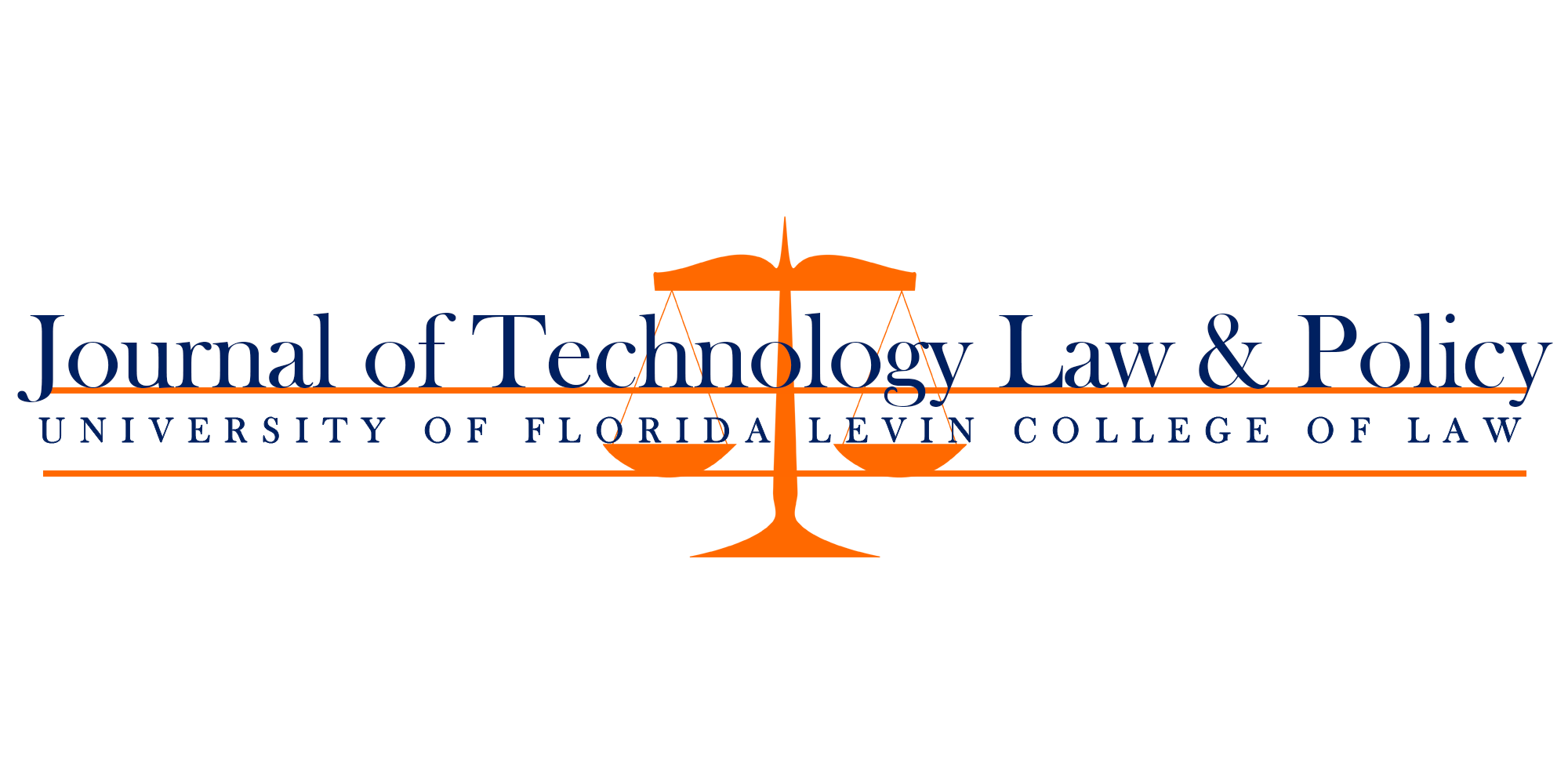
Document Type
Article
Abstract
This Article looks beneath the surface of attacks on face-recognition technology and explains how it can be an exceptionally useful tool for law enforcement, complementing traditional forensic evidence such as fingerprints and DNA. It punctures myths about the technology and explains how existing rules of criminal procedure, developed for other kinds of forensic evidence, are readily adaptable to face-recognition. It opposes across-the-board restrictions on use of face-recognition technologies and advocates a more sophisticated set of guarantees of defendant access to the information necessary to probe reliability of computerized face-matches. Defendants must have reasonable access to the details of the technology and how it was used so that they have a meaningful opportunity to inform the factfinder of doubts about reliability. Part II explains the technology, starting with machine learning, which enables a computer to represent faces digitally based on their physical characteristics, so that they can be matched with other faces. This part also explains how shortcomings in the algorithms or training database of faces can produce errors, both positive and negative, in identification. Part III explores existing and potential uses of face-recognition in law enforcement, placing the technology into the context of traditional police investigations. Part IV summarizes the relatively sparse caselaw and the much fuller literature on face-recognition technology, in particular, evaluates claims of threats to privacy, and analyzes legal principles developed for analogous conventional criminal investigative and proof methods. Part V constructs a legal framework for evaluating the probativeness of face-recognition technology in criminal prosecutions, develops strategies, and offers actual cross examination questions to guide defense counsel in challenging face-recognition technology. Part VI acknowledges that some specific uses of the technology to scan crowds and streams of people may need judicial control and suggests a draft statute to assure such control.
Recommended Citation
Perritt, Henry H. Jr.
(2021)
"Defending Face-Recognition Technology (And Defending Against It),"
Journal of Technology Law & Policy: Vol. 25:
Iss.
1, Article 2.
Available at:
https://scholarship.law.ufl.edu/jtlp/vol25/iss1/2